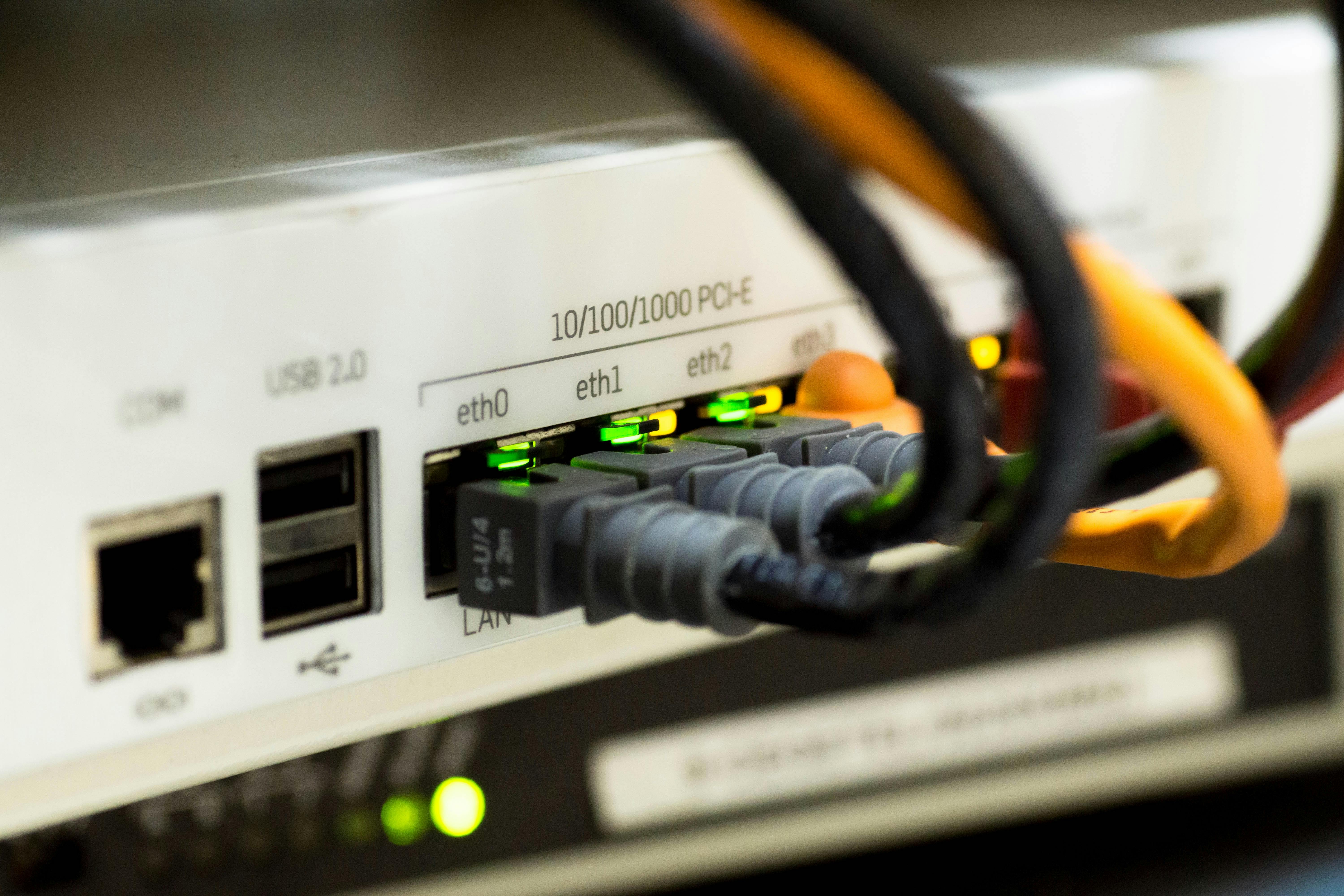Full Fibre Business Broadband: How Does it Work
Connecting to the internet is a necessity for all businesses now, and fibre optic has become the standard. Fibre technology offers digital development that is useful not only for urban-based enterprises but also for rural businesses that must overcome digital exclusion.
One of the critical opportunities that such businesses can take advantage of is the expanded infrastructure and reliability of full fibre broadband. Fibre broadband is essential to bridge the gap between businesses and potential consumers who can capitalise on online marketplaces and communications. Countless studies have pointed toward digitalisation as the way forward, but how exactly does full fibre connectivity work, and in what way does it bolster businesses to future-proof success?
What is Full Fibre Broadband?
A common misconception is that all fibre is full fibre. In reality, fibre technology used by residents and most businesses is only partially made of fibre optic cables. The standard use of fibre is optical fibre to transmit higher bandwidths of connectivity over longer distances, but it goes from the source to a cabinet in the street. Then, this cabinet connects to copper or aluminium wiring routed to the line in your home or place of business.
When using full fibre, the fibre optic cable runs all the way to your property. Because there is no transfer of cabling en route to the premises, you get more reliable connections and higher speeds. Broadband packages that use full fibre can offer gigabyte speeds and provide lossless data transmission.
The Benefits of Full Fibre for Business
Full fibre is a very lucrative option for businesses in the digital age. Even if you don’t run a primarily online enterprise, connectivity is necessary. There are many significant benefits to using full fibre over other broadband options.
Better speed and connectivity
Any business that wants to maintain operations requires connectivity that doesn’t falter. Providers offering full fibre business broadband packages can give symmetrical upload and download speeds so you can transfer and receive files consistently. Switching to full fibre also comes with faster speeds and more robust signal strength, so you should be able to stay connected throughout business hours with no problem.
This type of connectivity also removes any speed buffers that would otherwise hinder your business' workflow. Whether you are dealing with consumers, suppliers, or in-house communication, full fibre can handle all of these matters simultaneously because of its high bandwidth, seamless connection and Wi-Fi 6 capability.
Improved productivity
A business’ internet concerns don’t just end with customer-end interactions. Standard work tasks, collaborative projects, meetings, and cloud-based data management require reliable connections. This is especially important in an age where businesses are adopting remote work. The popularity of remote work allows businesses and employees more flexibility, lower infrastructure costs, and better productivity. That said, working with various teams becomes difficult when your internet is patchy.
Connection issues can lead to data loss and even delay tasks as workers try to resolve their internet problems. A survey by Monster Cloud found that more than 60% of employees feel slow internet is their worst IT pet peeve. When everything is easy to access and efficient, employees can focus on their jobs and get more done.
Efficient communication and secure services
The last thing you want as a business is downtime, which hurts productivity, leading to data loss and potentially damaging your reputation with suppliers or customers. Data from Senseye also reveals that downtime costs businesses 50% more than it did four years ago. Unplanned downtime is an expensive issue that can hold a company back, so full fibre is a good safety net.
A fibre optic connection from the cabinet to your business is more reliable than copper lines. While not completely immune to outages, they are much more resistant and have fewer issues than standard fibre connections.









